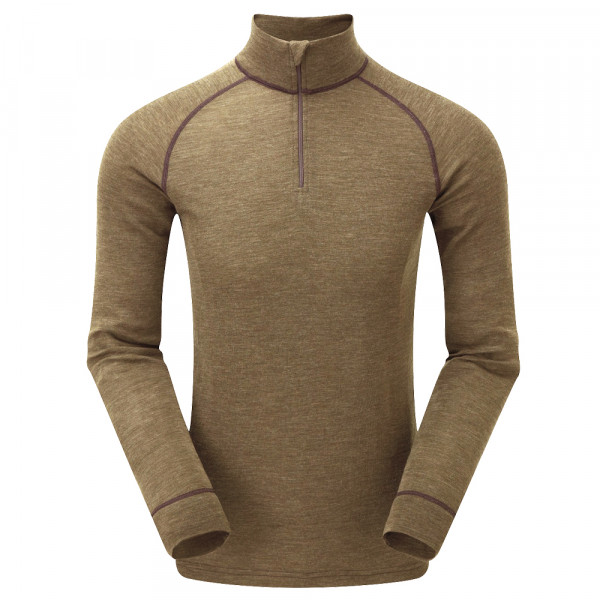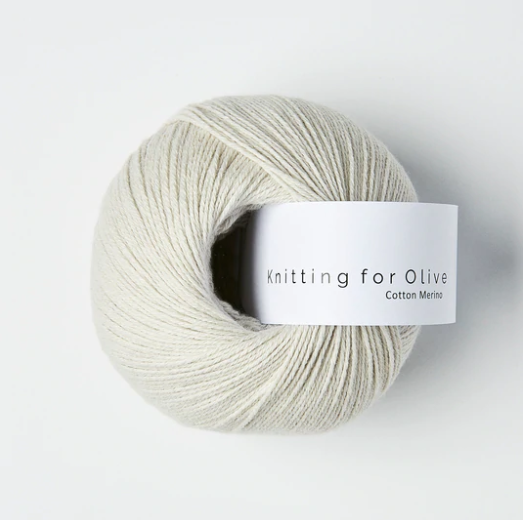Updated Merino Wool Base Layers Guide
Wiki Article
What Makes Yak Merino Wool Base Layer So Efficient For Winter Sports Clothing?
Base layers made of Yak merino are ideal for winter sports clothing because of the mix of qualities and benefits that are derived from both merino and wool. The hollow fibers hold in air and provide excellent insulation. When paired with merino wool, which also has excellent insulating properties, the resulting fabric offers superior warmth that keeps the body warm even in frigid temperatures.
Moisture Management Merino wool is a natural fiber that has properties for wicking moisture which means it absorbs water from the body, and then release it back into the atmosphere and keep the wearer dry. Yakwool is a great complement to this because of its ability to wick moisture away. This helps regulate body's temperature, keeping moisture from the skin while performing intense physical activities during cold temperatures.
Softness and ComfortThe soft and comfortable Merino wool is renowned for its softness and fine fibers which are less likely to cause irritation on the skin. When woven with the soft, smooth fibers of yak the resultant fabric is comfortable against the skin.
Odor Resistant- Merino and yarns made of yak wool also contain antimicrobial properties that assist in stopping the development of bacteria that produce the odor. This allows the clothing to keep its freshness even when it is worn for prolonged periods.
Durability Yak and merino are both durable materials. They create a material that is able to withstand the wear and tear of outdoor and sporting activities.
Temperature Regulation - Yak merino's base layers regulate your body's temperature and keep you warm in cold weather conditions. They are also breathable to avoid overheating when performing intense activities.
Merino Wool and Yak wool are biodegradable, renewable fibers that make them eco-friendly options for winter sportswear.
This combination of attributes creates yak merino base layers extremely effective for winter sports clothing, offering warmth, comfort, moisture management, and durability for outdoor activities in cold climates. See the recommended official statement on merino wool base layers for blog examples including long johns for skiing, smartwool thermals, smartwool 1 4 zip, ski underwear, merino base layer, best base layer for skiing, wool mid layer, merino wool leggings mens, ski underlayers, smartwool 150 base layer and more.

What Are The Benefits Of Bamboo Clothing In Terms Of Thermal Regulation As Well As Biodegradability, Uv Protection And Environmental Impact?
Thermal Regulation: Bamboo clothing is an excellent choice to regulate temperature. It also offers protection against UV and biodegradability.
Bamboo fabric insulation is breathable and has thermal regulating properties. It provides warmth in cold temperatures. It regulates your body's temperature, retaining heat during cooler weather and allowing air to circulate to prevent overheating.
UV Protection
UV Resistant - The bamboo fabric provides natural protection from harmful UV radiation. It can block an extensive portion of UV rays from the sun. This provides an extra layer of protection when you wear it outside.
Biodegradability-
Eco-friendly- Bamboo clothing is biodegradable which means it breaks down naturally at the end of its lifecycle without creating harmful residues or contributing to environmental pollution. This reduces waste, and the environmental impact of clothing that is being discarded.
Environmental Impact-
Sustainability- Bamboo as a raw materials is very ecologically sustainable. It is able to grow quickly and in abundance, without pesticides or chemical fertilisers. This minimizes the environmental impact caused by cultivation. The speed of growth of this plant is what makes it a sustainable source.
Bamboo is more water efficient because it uses less water than other crops, such as cotton. This aspect contributes to conservation efforts and decreases stress on water resources.
Soil Conservation
Soil Health - Bamboo cultivation typically doesn't deplete soil nutrients or require extensive irrigation, leading to better soil conditions and reducing the need for harmful agricultural practices.
Carbon Sequestration
Carbon Absorption Bamboo are able to absorb more carbon dioxide, and release oxygen into air than many other plants. This property is beneficial in the fight against carbon emissions and climate change.
Bamboo clothing comes with many benefits such as the ability to regulate temperature, block UV and biodegradability as well being a positive influence on the environment. This makes it a desirable choice for anyone looking to purchase functional, sustainable clothes. These attributes are in line with eco-friendly practices, which benefit both the wearer as as the natural environment. Check out the top bamboo clothing for more advice including bamboo ladies clothing, bamboo long sleeve shirt, bamboo pants ladies, bamboo trousers women, bamboo sun shirt, rayon from bamboo fabric, bamboo sun shirt, bamboo apparel wholesale, bamboo top, bamboo dress socks and more.

What Are The Differences Between Bamboo And Merino Clothes?
Merino wool layers, bamboo clothes and regular wool possess distinct features that set them apart- Merino Wool
Merino Wool is soft and comfortable on the skin. It is less likely to cause irritation or itching in comparison to wool that is traditionally used.
Merino has exceptional moisture-wicking properties. It pulls moisture away from your skin and allows it to evaporate, leaving you feeling dry and comfortably.
Merino is natural insulation that offers exceptional warmth when wet. It regulates your body temperature, providing warmth during colder temperatures, and breathability when you exercise.
Odor Resistant - It blocks the growth of bacteria that cause the odor. It also keeps your clothing fresh and clean after prolonged wear.
Bamboo Clothing
Softness Bamboo clothing is silky, soft touch that is often described as silk or cashmere. Bamboo clothing is soft on the skin, providing a luxurious feeling.
Bamboo fabric is moisture-wicking and has properties which draw sweat away from the body and keeps you dry when you exercise.
Temperature Regulation- Bamboo clothing has natural temperature-regulating abilities, offering warmth in winter and breathability to prevent overheating.
Sustainability - Bamboo is a resource which is renewable and can grow very quickly without pesticides. It is biodegradable.
Regular Wool
Texture. The traditional wool texture can vary. Certain types of uncomfortable or itchy textures are more coarse.
Warmth - Wool provides an excellent insulation and warmth however it can also feel bulky.
Wool is able to absorb moisture. This means it is less efficient at moisture wicking in comparison to merino bamboo or other fabrics. Wool is warm, even if it's damp.
Summary: Merino Wool is soft and odorless. It also offers an excellent ability to wick moisture. Bamboo clothing has a soft texture, excellent moisture-wicking properties, temperature regulation and long-term sustainability. Regular wool is different in texture. It may not be as soft or possess the same ability to wick moisture like bamboo and merino, but it does provide warmth. Each one is distinctive and can be tailored to different styles of winter clothes. View the best recommended site about merino winter clothings for site examples including long underwear for skiing, smartwool 250 base layer, smartwool 250 women's, wool undershirt women's, merino wool base layer womens, merino wool underwear womens, smartwool 250 women's, smartwool base layer, long johns for skiing, terramar merino woolskins and more.
